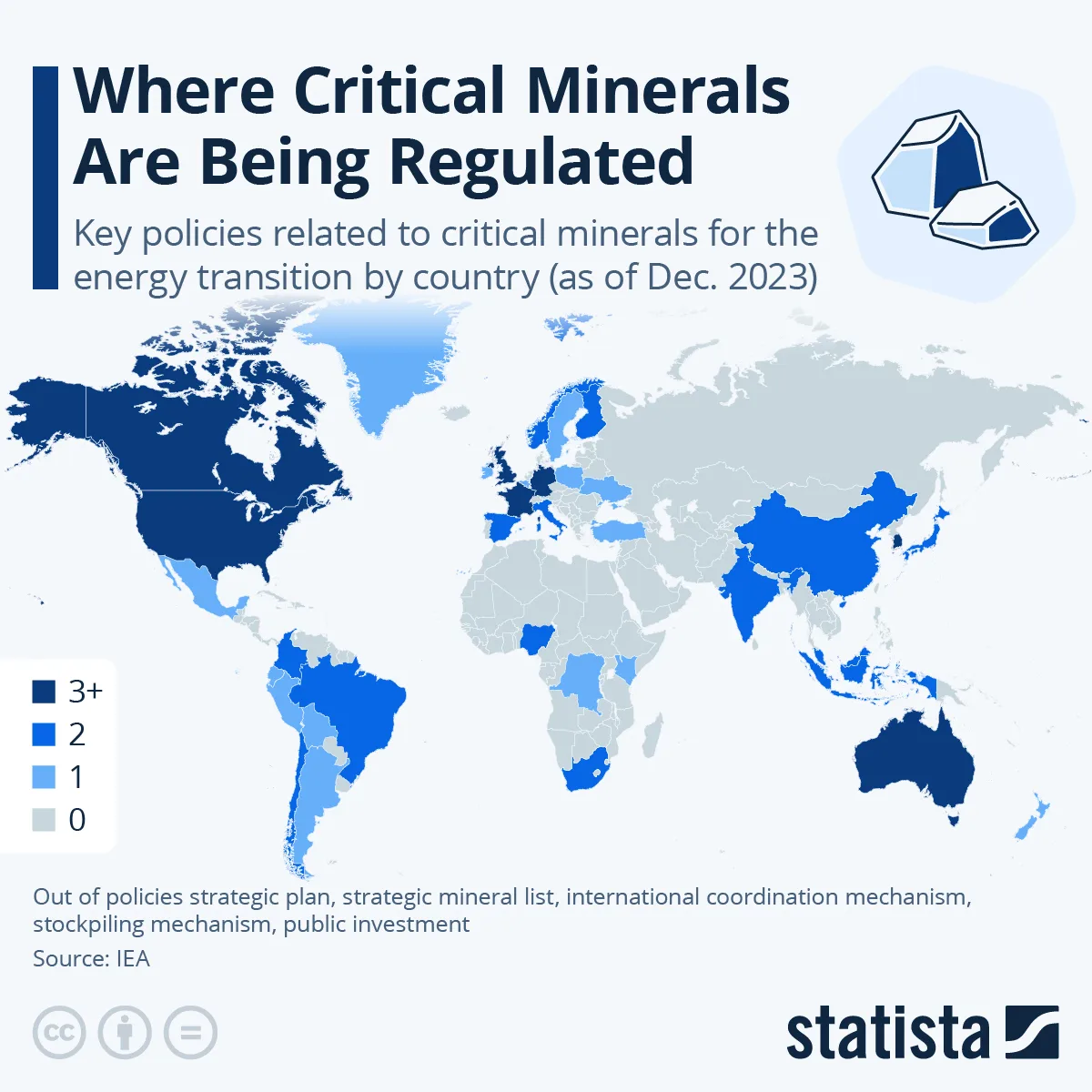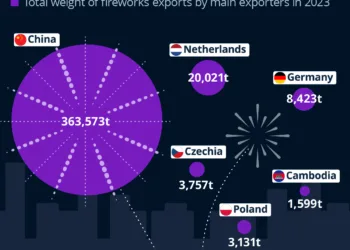The Growing Importance of Critical Minerals
In an era marked by a rapid transition to renewable energy and advanced technologies, critical minerals have emerged as vital components in various industries. These minerals are essential for the production of batteries, electric vehicles, solar panels, and other technologies driving the green economy. As the demand for these resources increases, countries are implementing policies to regulate their extraction and recycling, ensuring a sustainable future.
Recent Developments in Critical Minerals Policy
According to the International Energy Agency (IEA) Critical Minerals Policy Tracker, the last two years have witnessed a surge in new policies globally concerning critical minerals and their recycling. This trend reflects the increasing awareness among governments about the strategic importance of these resources.
Policies Across Different Regions
Europe
European countries have emerged as frontrunners in establishing comprehensive policies surrounding critical minerals. They have focused on defining clean energy minerals, developing strategic plans, and regulating trade. The emphasis on sustainability and recycling has been a critical aspect of these policies, aiming to reduce reliance on foreign minerals and enhance energy security.
North America
In North America, particularly the United States, policies are implemented across multiple subsectors. The U.S. government is taking active steps to support the domestic production of critical minerals, thereby reducing dependency on imports. Initiatives include investment in research and development, as well as measures to encourage environmentally sustainable mining practices.
Asia
Asian countries, particularly India and China, are also developing strategic plans for critical minerals. India’s policy initiatives include defining critical minerals, while China has focused on public investment strategies to boost its domestic production of these resources. Both nations recognize the importance of securing stable supplies of critical minerals for their technological and economic aspirations.
South America
South America is not lagging behind either, with several countries implementing policies that address critical minerals. Richer nations tend to develop comprehensive frameworks that cover investments and stockpiling strategies, while other nations focus on defining the minerals and developing strategic plans. Bolivia and Mexico are notable examples of countries with established investment policies related to critical minerals.
The Importance of Standardized Definitions
The IEA emphasizes that standardizing definitions across borders can significantly ease the organized trade of critical mineral recyclables. Consistent definitions facilitate clearer trade agreements and can enhance international cooperation on critical mineral issues. This uniformity not only promotes trade but also helps protect the interests of nations regarding their critical mineral resources.
International Coordination Mechanisms
In tandem with standardized definitions, international coordination mechanisms are essential for optimizing the exchange of critical minerals. By fostering collaboration between countries, these mechanisms can ensure that nations protect their interests while also contributing to global supply chains. The introduction of such frameworks encourages transparency and can lead to more robust partnerships in the critical minerals sector.
Stockpiling for Energy Independence
One of the primary motivations behind countries’ policies on critical minerals is the need for energy independence. Stockpiling critical minerals can serve as a buffer against supply disruptions, ensuring that nations maintain the necessary resources for their energy and technological needs. This strategic approach has been highlighted in policies implemented by both the United States and the European Union, which aim to bolster their respective energy security.
United States and European Union Policies
The United States has established policies across four distinct subsectors, matching the European Union’s comprehensive approach. Both regions recognize the significance of having robust supply chains for critical minerals, which are integral to renewable energy technologies and national security. By implementing forward-thinking policies, both the U.S. and the EU aim to lead in the global transition toward a more sustainable future powered by clean energy technologies.
Conclusion
As the global economy continues to pivot toward cleaner energy solutions, the role of critical minerals in shaping sustainable growth remains paramount. Countries worldwide are increasingly recognizing the strategic importance of these resources, leading to enhanced policies that not only regulate their extraction and recycling but also seal their energy independence and foster international cooperation.









